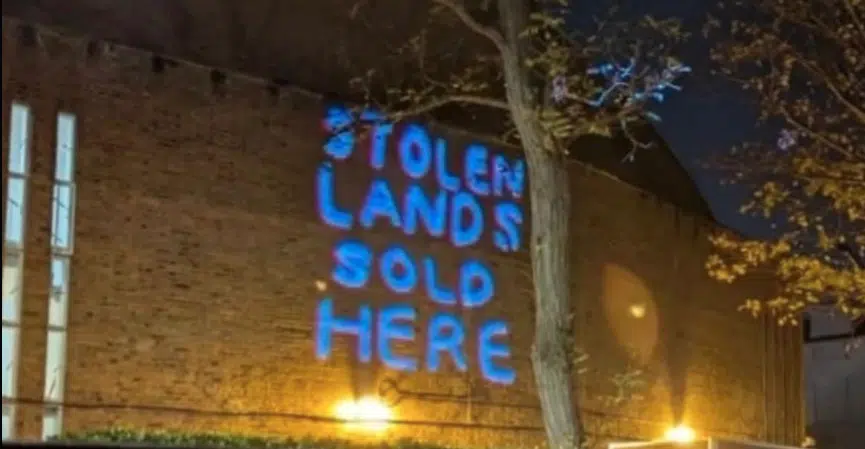|
Getting your Trinity Audio player ready...
|
Pro-Palestinian activists marched with red ribbons and hostage-style banners outside the Israeli Embassy in Stockholm, Sweden, on Sunday night.
Their aim was unmistakable as they attempted to hijack Israel’s hostage campaign and turn it into a platform for convicted Palestinian terrorists. The display stole imagery created after Hamas terrorists stormed Israeli towns and dragged innocent men, women, and children from their homes in what became the worst day for the Jewish people since the Holocaust. It also echoed the “concentration camps” rhetoric used in these campaigns and relied on Holocaust inversion to attack Israel and distort the truth.
Across Europe, anti-Israel groups now use these symbols to demand the release of Palestinian security prisoners. They circulate imitation posters, red ribbons, and banners designed to mirror the “Bring Them Home” campaign. As a result, these displays blur the line between kidnapped civilians and imprisoned terrorists and replace fact with a narrative built on distortion and propaganda.
Holocaust Manipulation and IHRA Violations
During the Stockholm demonstration, a speaker claimed that “there are 9,500 Palestinian hostages in Israeli concentration camps.” The use of “concentration camps” invoked a direct Holocaust comparison and tried to recast convicted terrorists as victims of genocide.
This rhetoric falls within the International Holocaust Remembrance Alliance (IHRA) Working Definition of Antisemitism. The IHRA definition identifies “drawing comparisons of contemporary Israeli policy to that of the Nazis” as antisemitic. Consequently, Holocaust inversion of this kind corrupts historical truth, trivializes Jewish suffering, and exploits Jewish trauma for political gain.
Activists also handed out mock hostage posters that copied designs created after Hamas kidnapped Israeli civilians. Their goal was clear and intended to redirect sympathy away from actual victims and toward those responsible for violence.
The Palestinian Information Center said the campaign chose red to represent the blood of “martyrs and prisoners.” In doing so, the framing cast individuals convicted of violence as heroic and attempted to portray terrorism as resistance.









